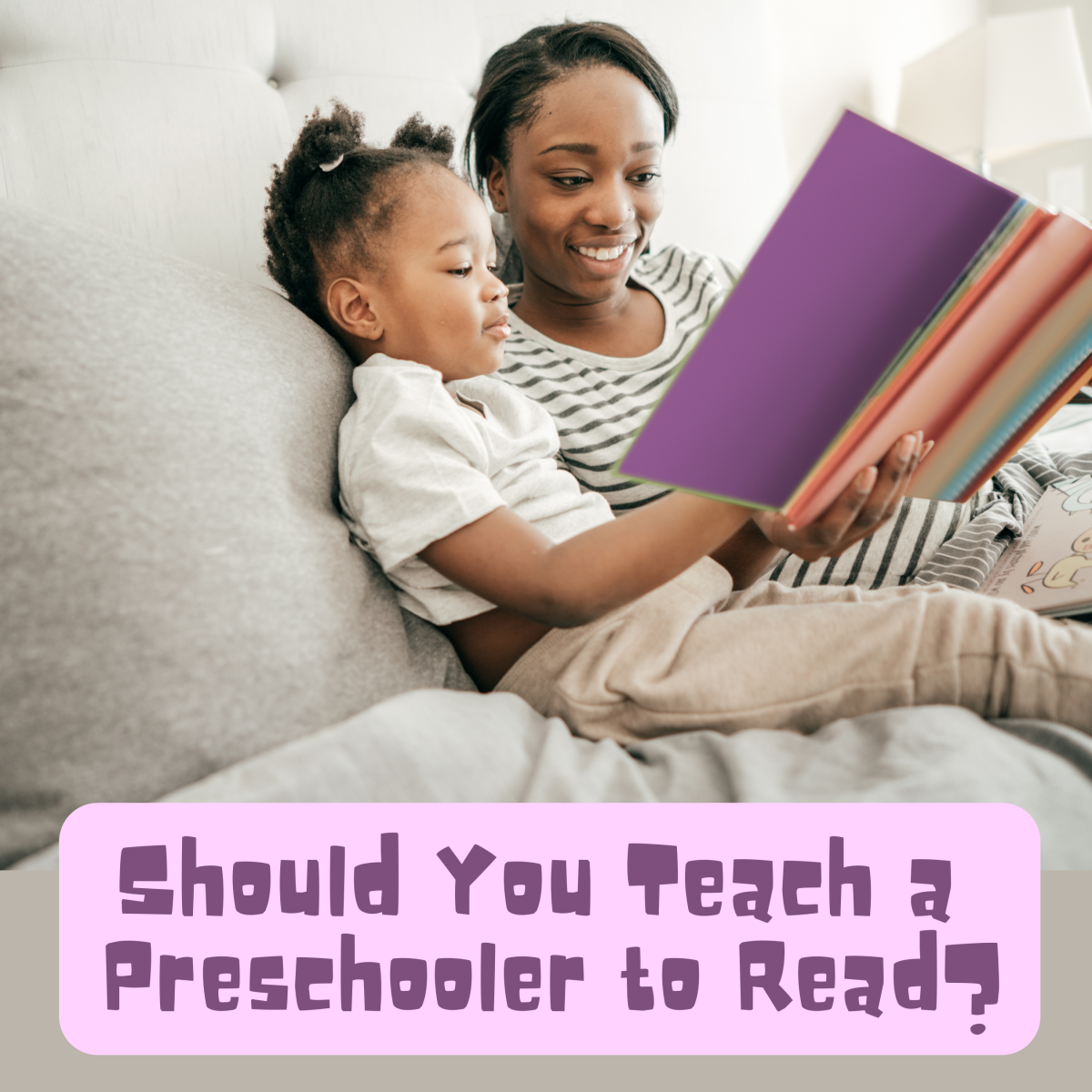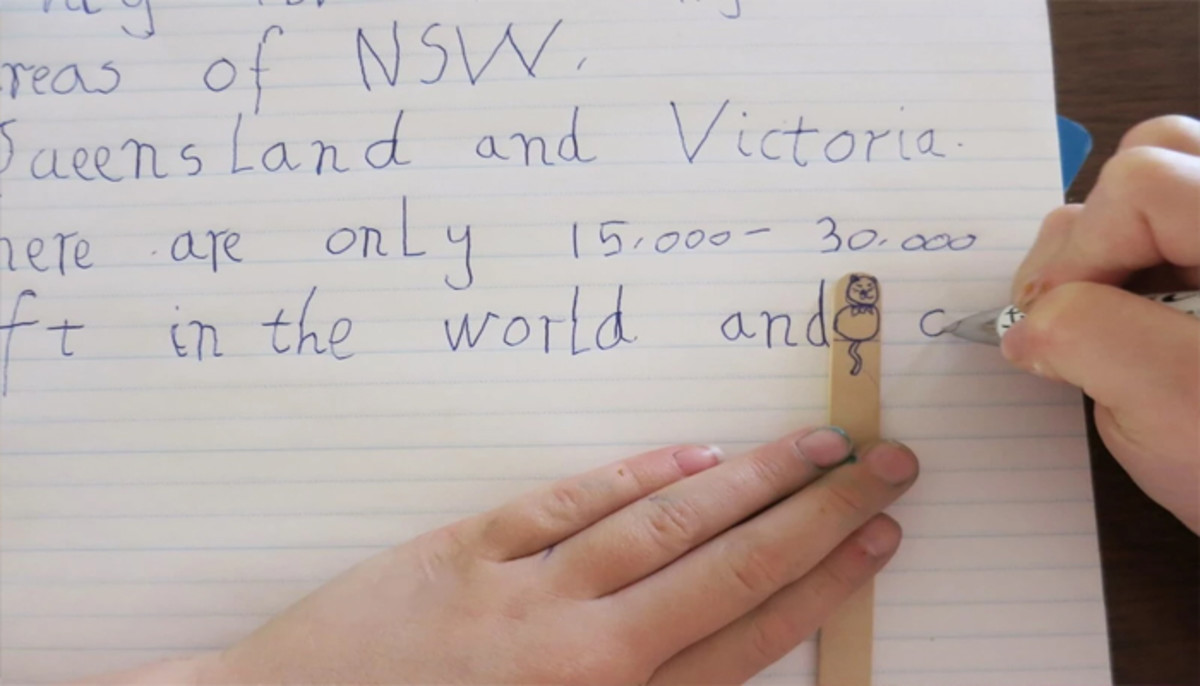Encourage Children to Read Using These Tips

You May Also Enjoy...
Sunshine State Young Readers Award Books (List and Reviews) for 2013-2014 - a list of fun titles that are nominations for the 2013-2014 Sunshine State Young Readers Award for grades 3-5 and grades 6-8. A lot of great and diverse reading choices for young readers!
Reading for Fun is on the Decline
As parents, we often find it challenging to get our children to set aside time to read at home once in a while, let alone once a day. Television, toys, friends, and in today's age - the Internet - all compete for their attention. By the time they get home from school and finish their homework, the last thing they want to do is read. So, it's important to find a way to encourage and get children reading. And it starts with us.
Annual Survey Shows Children Reading Statistics
Results from the 2011 Annual Survey of the UK's National Literacy Trust "Children’s and Young People’s Reading Today" revealed that 22% of children and young people read either rarely or not at all during their own time.[1] As parents, not only should we encourage reading and add a block of time to the schedule specifically for reading, but we have to set the example ourselves. The examples we, as adults, set as well as those set by older brothers and sisters are some of the most profound influences that shape our children. After all, one way children learn is by imitation.
The same study revealed that technology based reading formats such as websites, text messages, and messages on social networks such as Facebook are the most commonly read types of materials - with text messages being the highest at (63.2%).[1] Do you realize what that means? The extent of what many children and teens consider reading consists of shortened, abbreviated, or one word variations of words like LOL, SMH, Thx, and c u l8r. Terrifying, isn't it?
The study also shed some light on why some children won't read around other children - they're embarrassed to be seen reading by their peers[1]. How sad is that?
As adults, we have got to intervene and get our kids on track for regular reading outside of school and help develop habits that will carry them through life.
“The more that you read, the more things you will know. The more you learn, the more places you'll go.”
Dr. Seuss, “I Can Read With My Eyes Shut!”
Benefits of Children Reading at Home
Reading regularly beginning at a young age has many positive benefits for our kids as they progress through their childhood years, become teens, young adults, and then adults. When reading, children are improving upon a set of skills. Encouragement will only help the child to expand upon those skills. I strongly believe that children who read regularly can develop these positive attributes:
- Higher test scores
- More advanced reading skills
- Increased confidence in reading, in school, as well as socially
- Critical thinking skills
- Opportunities to challenge their minds
- Improved opportunities in higher education and careers
- Broadened the view of the world
Sadly, if children are not brought up to read regularly at home, it carries through and can affect them in high school, in preparation in college, even in the workforce. We can't have kids going into their adult lives thinking it's okay to write shorthanded methods that they learned from text messages.
Does Your Child Like to Read?
Get Kids Reading More
Are your kids readers? I shared my passion for reading with my kids when they were both very young. In fact, both were reading on their own well before kindergarten. Both my 17 year old daughter and 8 year old son avid readers. My daughter will breeze through a 400-500 page book in a day or two and my son reads between 1-2 hours just about every day.
Boys are often times more resistant to sit down and read than girls, so it may take a bit more effort or just different efforts to get them to read.
Books for Parents, Children & Teens
Tips for Encouraging Reading at Home
If your children don't like to read, it's not too late. There are numerous ways to get your child engaged in a book, but it will take some effort on your part. Below are some suggestions on what you can do to encourage your child to read at home.
- Start reading to your children when they're babies:
Children who are read to beginning at a very young age have had the habit of reading instilled upon them. Bedtime stories are great because great adventures can take place allowing the child to imagine what's going on in the book. As they get older, they will realize that books really can take them anywhere, just like Dr. Seuss says!
- Explore what kinds of books interest each child:
Children's interest in subject matters varies so different from child to child. It may take a little time, but explore the types of books that your child likes most. I remember a few years ago, my son wanted to only bring home books from the school library on topics such as Monster Trucks, Hot Wheels, Reptiles, Space, and many others. They were mostly non-fiction books, but he would sit and look and read them front to back in one sitting. A few weeks later, the same book might come home, but he was interested in those. Once a week, we'd go to the county library and we'd find some fun fiction books together. While my daughter was searching for her next novel to tackle, my son and I would read a few books together before checking out the ones we choose.
- Get your child his or her own library card when they can write their name:
Kids LOVE to feel independent! The card itself might have to reside in your wallet, but watch how proud your child is when he uses his own library card to check out books! You can bet Little Johnny will be excited to go to the library again and again!
- Consult the AR BookFinder for reading levels and AR point values, set goals, reward for goals achieved:
Many schools across the US use the Accelerated Reading (AR) Program to help monitor the practice of reading. Each book included in the program not only has a reading level, but an associated point value based on the complexity of the book. Many of the early reader books for K-2 are 0.5 point books. Chapter books start getting into the 1.0+ range with many being 3-4 points per book at the 3-5th grade levels. I believe most schools will be able to tell you what your child's reading level is as well as the lowest and maximum levels for which he should strive to read within based on his current skills.
Many times at the beginning of the year or at the start of a new marking period, the child or the teacher may set a goal for the child to reach. Teachers often challenge the students to make their AR point goal and many teachers give the students some type of reward. I always challenged my kids a bit higher than their goal and rewarded with with something small, but special (for my son, it was a Hot Wheels car).
The AR Bookfinder is a website that you can use to search for books by title, author, ISBN, interest level, book reading level, as well as other criteria. It's free to use, and it will display the results with the associated book level (BL) and AR Points, and most also include ratings. Spanish books will also be listed unless excluded in the search. There is also an app available in iTunes called LevelFinder which seems to have most of the English books loaded.
- Make up reading games for kids:
Whether you're traveling on a road trip or just around town, make up games such as Sign Bingo or Word Scavenger Hunt that the kids can play. Get creative! Kids will never know they're learning because they're having so much fun!
- Set time aside for reading:
Be sure to set aside time each day in the family calendar for reading. This can be a time for you to read to your child, your child to read to you, taking turns reading to each other, or time for both of you to read your own books.
- Discuss the book with your child:
Whether you read with your child or your child reads independently, take an interest in what she is reading. If she's not sure of a word, explain it to her or if you don't know, look it up. Ask him questions, his favorite part, his favorite characters, and ask him to retell a favorite part to you in his own words. This encourages reading comprehension and helps to build their vocabulary. It also strengthens the reading bond you two will continue to share.
References
[1] Clark, C. (2012) Children’s and Young People’s Reading Today: Findings from the 2011 National Literacy Trust’s annual survey. Retrieved from http://www.literacytrust.org.uk/assets/0001/4543/Young_people_s_reading_FINAL_REPORT.pdf










